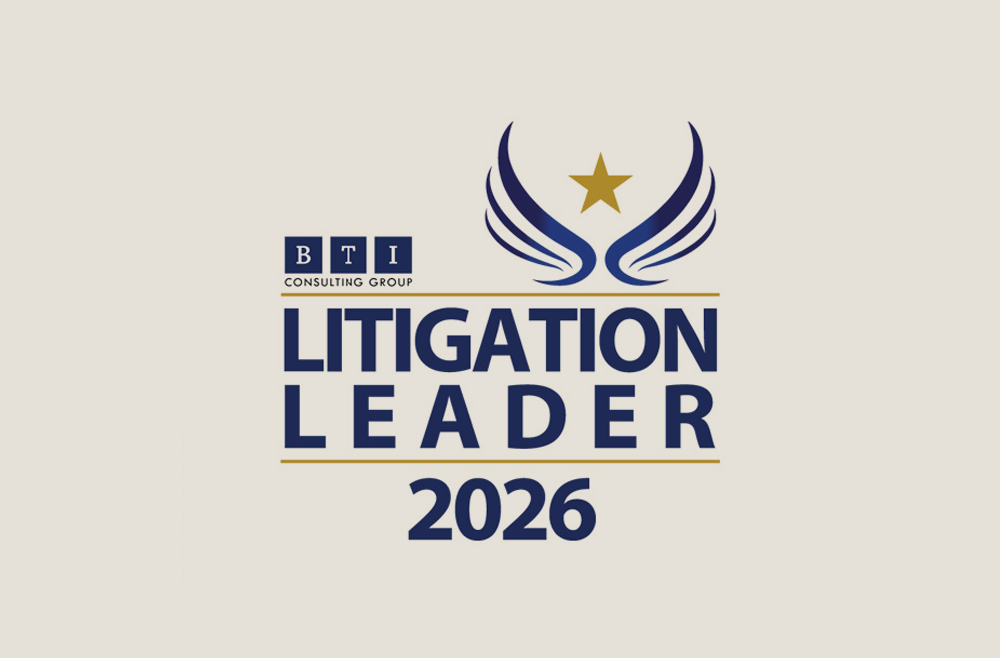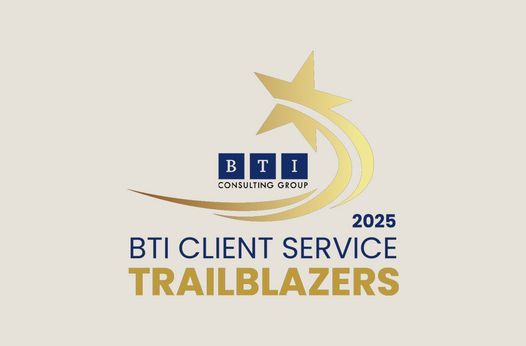Indiana Supreme Court Determines Subcontractor's "Faulty Workmanship" Constitutes Occurrence Under CGL Policy
Insurance Coverage Alert
Insights for Insurers Alert | 3 min read
Mar 15, 2011
Case Summary
The named insured on a policy written by a first insurer was the general contractor on a home building job. After faulty workmanship by subcontractors used by the insured on the project caused water damage to the homes, the insured made a claim to its insurer to recover.
The first insurer filed a declaratory judgment action, arguing that it owed no indemnity to its insured for the damage. The insured was also an additional insured under a policy issued by a second insurer. That insurer was joined in the coverage action by way of a third-party complaint. The trial court granted summary judgment for the first insurer on the basis that the only damage was to the homes themselves and was not an “occurrence” and did not result in “property damage” intended to be covered by CGL policies. The court of appeals affirmed. The second insurer also obtained summary judgment.
The Indiana Supreme Court reviewed both the history of the Insurance Services Office (ISO) form and public policy considerations. Sheehan Construction Company, et al. v. Continental Casualty Company, et al., 935 N.E.2d 160 (Ind. Sup. Ct. Sept. 30, 2010). The Court noted that the previous ISO form from 1973 specifically excluded all damage to an insured’s project, even if the damage was caused by a subcontractor, whereas the 1986 form, at issue in this case, was modified to nullify the “your work” exclusion if the damage was caused by a subcontractor. Thus, an interpretation of “occurrence” or “property damage” in a way that would automatically serve to bar coverage for damages caused by a subcontractor’s work was inconsistent with the intent of the drafters of the 1986 ISO form.
The Court acknowledged a split of authority, and cited cases on both sides of the issue of whether there could be coverage for damages caused by a subcontractor’s work. Additionally, it found that the argument that CGL policies were not designed to insure business risks, and that such claims were not truly fortuitous, was addressed in the exclusions to the insurers’ policies and did not mandate that courts restrictively interpret the terms in the insuring agreement. The Court also rejected several prior Indiana court decisions, on the basis that they involved the interpretation of exclusions, and not the insuring agreement. The Court suggested that insurers modify the language in their policies and include exclusionary language to avoid the risk of property damage caused by a subcontractor’s defective performance.
In an interesting coda, the Court revisited its opinion on rehearing, Sheehan Construction Company, et al. v. Continental Casualty Company, et al., 938 N.E.2d 685 (Ind. Sup. Ct. Dec 17, 2010), and ruled that the second insurer was entitled to summary judgment based on the insured’s failure to provide it with timely notice. The insured had not given notice until almost two years after the underlying case was filed and after the underlying case had settled. This was unreasonably late notice as a matter of law.
Practice Note
Sheehan has changed the landscape as to construction claims and CGL policies, and will surely be addressed in future cases. Indeed, in Trinity Homes v. Ohio Casualty Ins. Co., 629 F.3d 653 (2010), the U.S. Court of Appeals for the Seventh Circuit relied on Sheehan in reversing a district court decision issued prior to issuance of the decision in that case and recognized that faulty subcontractor work is covered unless the work was intentionally faulty.
Recognizing that “faulty workmanship” by a contractor or subcontractor may constitute an occurrence that results in covered property damage, Indiana’s Supreme Court has recognized additional risk to standard CGL policies.
This alert has been prepared by Hinshaw & Culbertson LLP to provide information on recent legal developments of interest to our readers. It is not intended to provide legal advice for a specific situation or to create an attorney-client relationship.
Related Capabilities
Featured Insights

Press Release
Oct 22, 2025
Hinshaw & Culbertson LLP Launches New Website and Refreshed Brand

Press Release
Sep 26, 2025
Hinshaw Recognized as a “Leader in Litigation” in the BTI Consulting Litigation Outlook 2026 Survey

Privacy, Cyber & AI Decoded Alert
Sep 23, 2025
Fall 2025 Regulatory Roundup: Top U.S. Privacy and AI Developments for Businesses to Track

Press Release
Sep 15, 2025
Hinshaw Achieves 2024–2025 Mansfield Rule Certification Plus Status

In The News
Sep 5, 2025
Jessica Riley Reflects in a Law360 Story on Lessons She Learned as a Junior Lawyer

Press Release
Aug 25, 2025
Trial Spotlight: Hinshaw Prevails in ERISA Fiduciary Fraud Case

Press Release
Aug 21, 2025
102 Hinshaw Lawyers Recognized in 2026 Editions of The Best Lawyers in America® and Ones to Watch™

Press Release
Jul 28, 2025
Hinshaw Recognized as a Client Service Trailblazer in the BTI Consulting Client Service A-Team 2025




